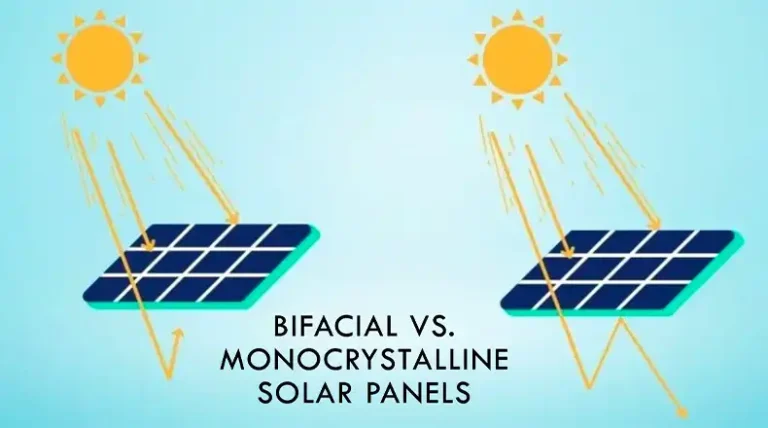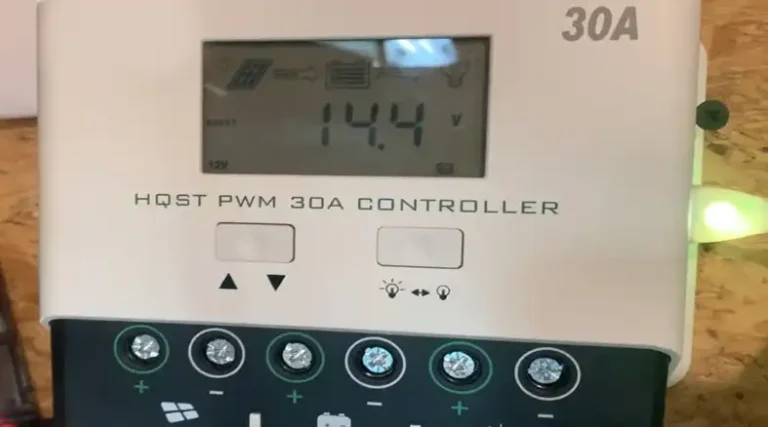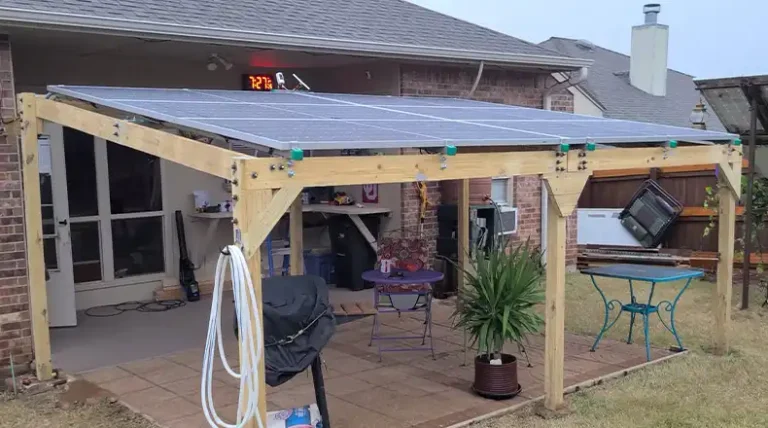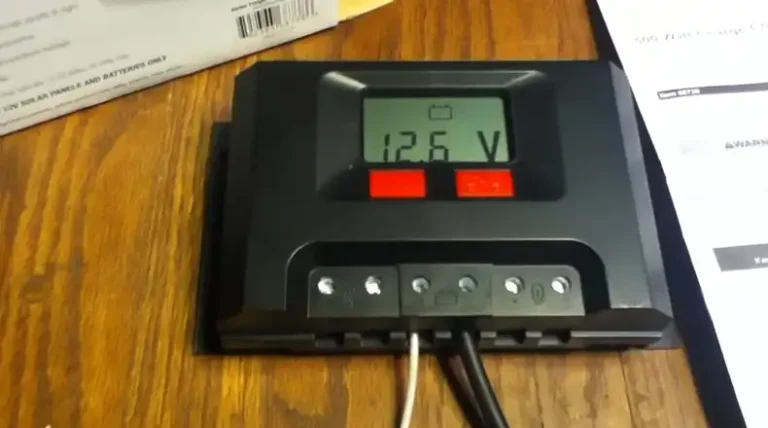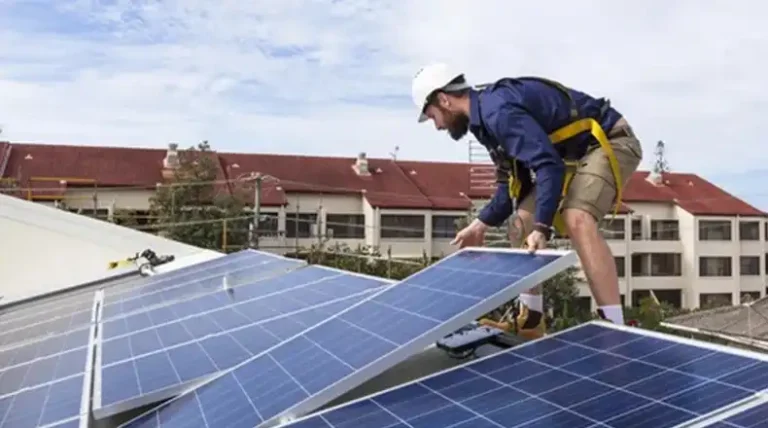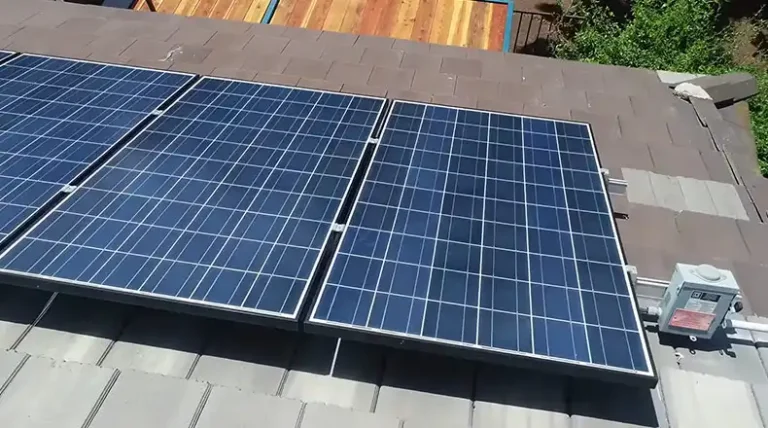Can Solar Panels Produce More Than Their Rating | General Discussion
Solar energy is a rapidly growing industry, with more and more homeowners and businesses turning to solar panels as a sustainable and cost-effective source of energy. However, one question that often arises is whether solar panels can actually produce more energy than their rated capacity.
The short answer is yes, solar panels can produce more energy than their rated capacity under certain conditions. The rated capacity, or the nameplate rating, is the maximum output that a solar panel can produce under ideal conditions, such as perfect sunlight and temperature. In real-world scenarios, various factors can influence the actual energy production of solar panels.
In this guide, I’ll explain the factors that can affect solar panel output, how to maximize energy production, and whether it’s possible for solar panels to exceed their rated capacity. So, let’s read on.
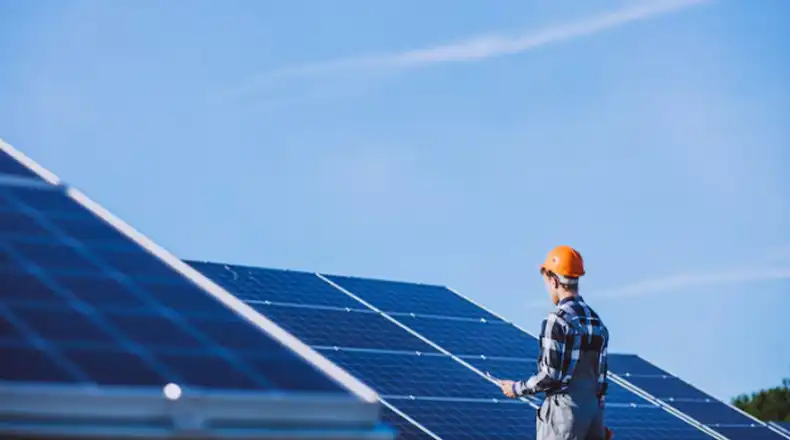
Is It Possible for Solar Panels to Exceed Their Rated Output?
In theory, it is possible for solar panels to produce more energy than their rated capacity, but only under specific conditions. The rated capacity is typically determined under standard test conditions (STC), which involve a cell temperature of 25°C (77°F) and an irradiance of 1,000 watts per square meter (W/m²).
However, in real-world situations, the actual operating conditions can be different from the STC. For instance, if the ambient temperature is lower than 25°C, the solar panels may operate more efficiently, resulting in higher energy production. Similarly, if the sunlight intensity exceeds 1,000 W/m², the panels may generate more energy than their rated capacity.
It’s important to note that while solar panels can occasionally produce more energy than their rated capacity, this is generally a temporary occurrence and not a sustained situation. Over the long term, the energy production of solar panels is expected to be within their rated capacity or slightly lower due to factors like degradation and soiling.
Factors that Affect Solar Panel Output
Solar panel output is influenced by several factors, including:
- Sunlight Intensity: The amount of sunlight hitting the solar panels is a crucial factor in determining their energy production. The more intense the sunlight, the higher the output will be. This is why solar panels generally produce more energy during peak sunlight hours and in regions with abundant sunlight.
- Temperature: Solar panels operate more efficiently at lower temperatures. As the temperature increases, the electrical resistance in the panels also increases, leading to a slight decrease in energy production. This is why solar panels installed in cooler climates or with proper cooling systems tend to perform better.
- Shading and Orientation: Any obstruction that casts shadows on the solar panels, such as trees, buildings, or debris, can significantly reduce their output. Additionally, the orientation and tilt angle of the panels play a crucial role in maximizing energy production by capturing the optimal amount of sunlight throughout the day.
- Panel Efficiency: Not all solar panels are created equal. The efficiency of a solar panel, which is the percentage of sunlight that can be converted into electrical energy, varies among different panel types and manufacturers. Higher-efficiency panels can produce more energy per square foot of surface area.
Bonus Tips on Maximizing Solar Panel Performance Within Rated Limits
While it’s not always possible for solar panels to exceed their rated capacity, there are several strategies you can employ to maximize their energy production:
- Proper Installation and Orientation: Ensure that your solar panels are installed by professionals who can optimize their orientation and tilt angle to capture the maximum amount of sunlight throughout the year.
- Regular Maintenance and Cleaning: Regularly clean your solar panels to remove dirt, dust, and debris that can obstruct sunlight and reduce their efficiency.
- Invest in High-Efficiency Panels: Consider investing in higher-efficiency solar panels, which can produce more energy per square foot of surface area compared to standard panels.
- Implement Cooling Systems: Install cooling systems, such as fans or water-cooling systems, to keep the solar panels at optimal operating temperatures.
- Monitor Performance: Regularly monitor the performance of your solar panels and address any issues or inefficiencies promptly.
Conclusion
While it is possible for solar panels to produce more energy than their rated capacity under specific conditions, such as lower temperatures or higher sunlight intensity, this is generally a temporary occurrence. Over the long term, the energy production of solar panels is expected to be within their rated capacity or slightly lower due to factors like degradation and soiling. If you have any further questions or need clarification on solar panel performance, feel free to leave a comment below. We’re here to help you make the most out of your solar energy investment. Thank you for reading, and we wish you all the best in your solar energy journey!
FAQs
What Is the Rated Capacity of Solar Panels?
The rated capacity, or nameplate rating, is the maximum output that a solar panel can produce under ideal conditions, such as perfect sunlight and temperature.
Can Solar Panels Produce Energy on Cloudy Days?
Yes, solar panels can still produce energy on cloudy days, although their output will be lower compared to sunny days due to reduced sunlight intensity.
How Long Do Solar Panels Typically Last?
Most solar panels have a lifespan of 25-30 years, although their energy production gradually decreases over time due to factors like degradation and soiling.
Do Solar Panels Require Maintenance?
Yes, solar panels require regular maintenance, such as cleaning and inspection, to ensure optimal performance and prevent issues like soiling or damage.
Can Solar Panels Be Installed on Any Roof Type?
Solar panels can be installed on various roof types, including asphalt shingles, metal roofs, and flat roofs, but the installation method may vary depending on the roof type and structure.

